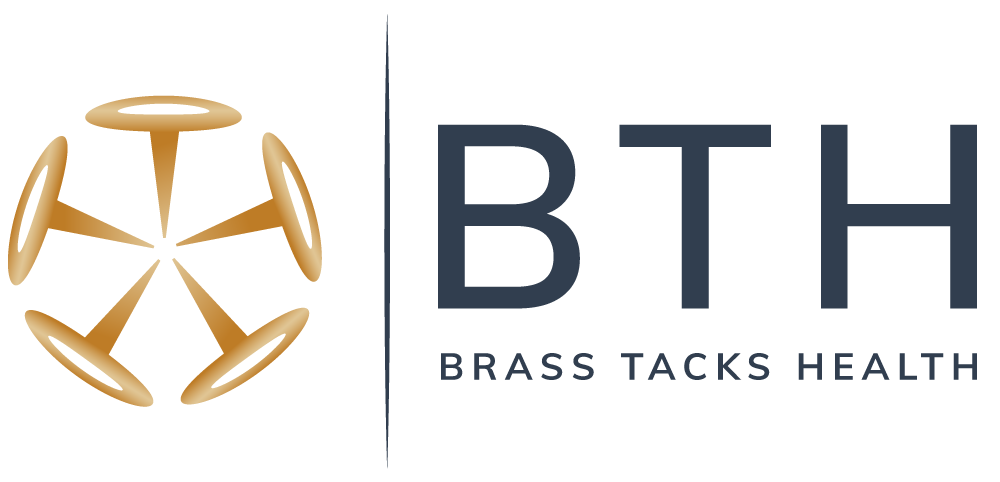
Medical Writing and Clinical Strategy

Clinical and regulatory precedent is a moving target
There are multiple pathways to FDA approval and a myriad of unique factors that shape the basis of each regulatory decision. Each of the 50 new therapies the FDA approves per year (1) results from a unique confluence of key drivers, including safety data, efficacy endpoints, patient unmet needs, and the incidence and prevalence of the disease.
From advances in chemistry, manufacturing, and controls to adaptive trial designs, surrogate endpoints, and biomarker strategies, we leverage our years of experience tracking clinical and regulatory developments with our training as scientists to keep our clients abreast of relevant changes as they occur, and help our clients recognize the value of unexpected developments.
Mullard, A. “2021 FDA approvals” Nat Rev Drug Discov Jan 2022.
CASE STUDY
CLINICAL STRATEGY FOR A NEW THERAPY TO TREAT PATIENTS WITH CERVICAL CANCER
NEED:
A client was developing a novel therapy to treat patients with cervical cancer needed to understand what the standard of care and unmet patient need was likely to be when their therapy was ready to launch.
ACTION:
By analyzing clinical trial databases, conference proceedings, SEC filings, investor presentations, and peer-reviewed journals, the Brass Tacks team identified five therapies in late-stage development, all with the potential to change clinical practice for patients with cervical cancer in the near term. Next, we integrated our findings to assign competitive threat assessments and project the likely timelines to each approval. As part of this analysis, we included insights into the implication of each approval, including the impact on accelerated approval strategies for therapies in earlier stages of development. We then pressure-tested and refined our conclusions and assumptions using primary intelligence.
As part of our analysis, we helped our client understand how and why minority women are poorly represented in immunotherapy clinical trials for cervical cancer, enabling visibility into the implications on health equity of any strategy in the cervical cancer setting.
We delivered our key take-aways to the client in a few different formats to make the insights easy to grasp according to the preferred learning styles of key stakeholders. We then led the team through an interactive workshop, in which we prompted engagement and discussion. This enabled us to draw out all follow-up questions and solidify next steps.
RESULT:
The client was able to foresee near-term changes in the standard of care and prospectively adapt their clinical study to stay in front of the evolving landscape. Leveraging our in-house database of clinical trial timelines and designs, we were able to then advise the client on the likely timing of their new strategy. They were then well-prepared to successfully engage with FDA in a timely fashion with their revised plan.
In addition, our client was able to make a meaningful contribution towards advancing health equity by incorporating new strategies for greater trial diversity.
CASE STUDY
NEW PRODUCT PLANNING IN A HIGHLY COMPETITIVE LANDSCAPE
NEED:
A client developing a CD19-targeted cell therapy for patients with DLBCL needed guidance on how to differentiate their product positioning in this highly competitive landscape.
ACTION:
First, BTH mapped the current treatment paradigm using clinical guidelines and 1:1 conversations with Heme Oncs in our physician network. Next, we sorted CD19-targeted therapies in development in terms of target patient population (e.g., competing with auto CAR-T or coming after auto CAR-Ts), single vs dual target attributes, technology platform and MOA, and efficacy/safety/dosing data to date.
As part of this analysis, we established key competitor product profiles to highlight trends in durability of response, safety, dosing and manufacturing strategies. We then summarized our findings to articulate competitive positioning for leaders in the race for first-in-class and first-to-market, in consideration of the anticipated magnitude of advantages for each modality (e.g., manufacturing ease/speed, safety, ability to extend duration of effect through redosing vs convenient dosing vs greater efficacy/curative).
Next, we identified outstanding questions in the field, such as the durability of allo CAR-Ts and the correlation of greater infection rates with enhanced LD, and circled back with our physician network to gain firsthand stakeholder perspectives on these areas.
Finally, we developed timelines for relevant pivotal studies and forecasted market sizes by stage of treatment, taking into account our assumption and projections for new technologies and the uptake of auto CAR-Ts in earlier lines of therapy.
RESULT:
The client used our insights to fuel their clinical development strategy and identify potential areas of product differentiation, such as increased longevity of response and reduced lymphodepletion.cape. They were well-prepared to engage with FDA in a timely fashion on a revised registrational strategy.
CASE STUDY
ILLUMINATING REGULATORY TRENDS
NEED:
A client developing a multi-targeted cell therapy needed up-to-date insights on emerging trends and best practices in potency assay development.
ACTION:
First, Brass Tacks elucidated and contextualized patterns in potency assay regulatory requirements, based on analysis of the FDA and EMA filings for all currently approved cell therapies. Next, we developed an umbrella framework of cell therapies in development, customized according to attributes most relevant to the client. With this in hand, we prioritized most relevant comps and triangulated across multiple data streams to identify product characterization assays for each one. For any knowledge gaps we encountered, we traced the publication trail from the labs of scientific founders to form hypotheses, and then used primary intel, patent searches and trade publications to deduce and validate.
RESULT:
The client quickly grasped emerging trends and current knowledge across cell therapy product characterizations and potency assay disclosures. With this insight, they were then able to anchor their own strategy and align their team with confidence around the best path forward. This analysis also enabled them to more concretely communicate the differentiated aspects of their approach to investors and future trial investigators.


